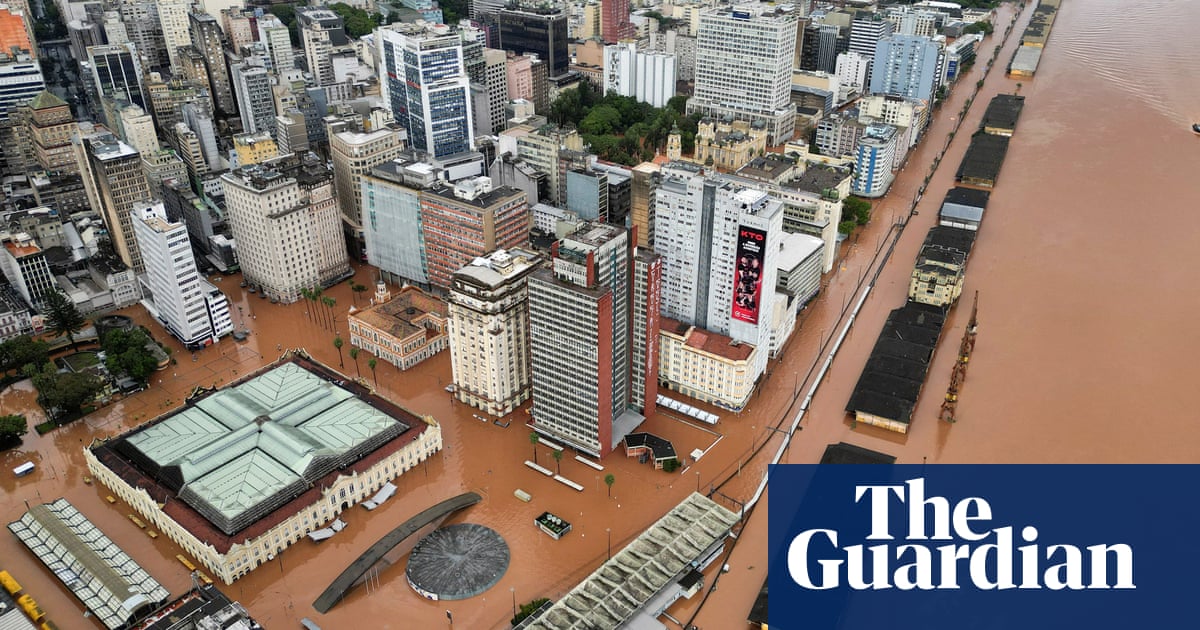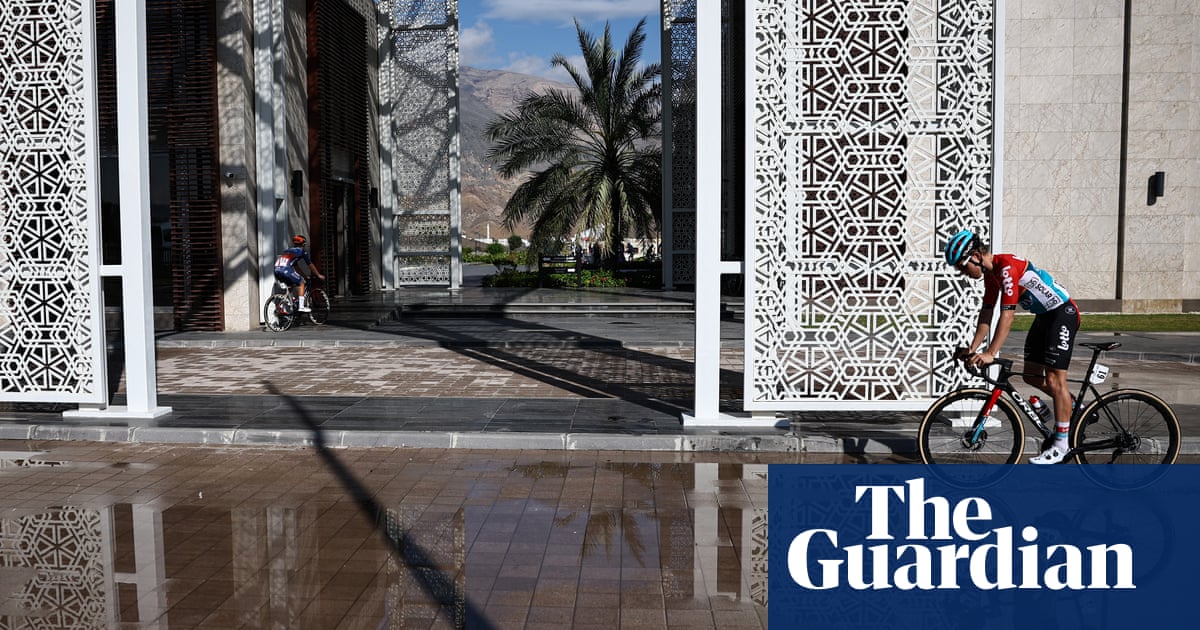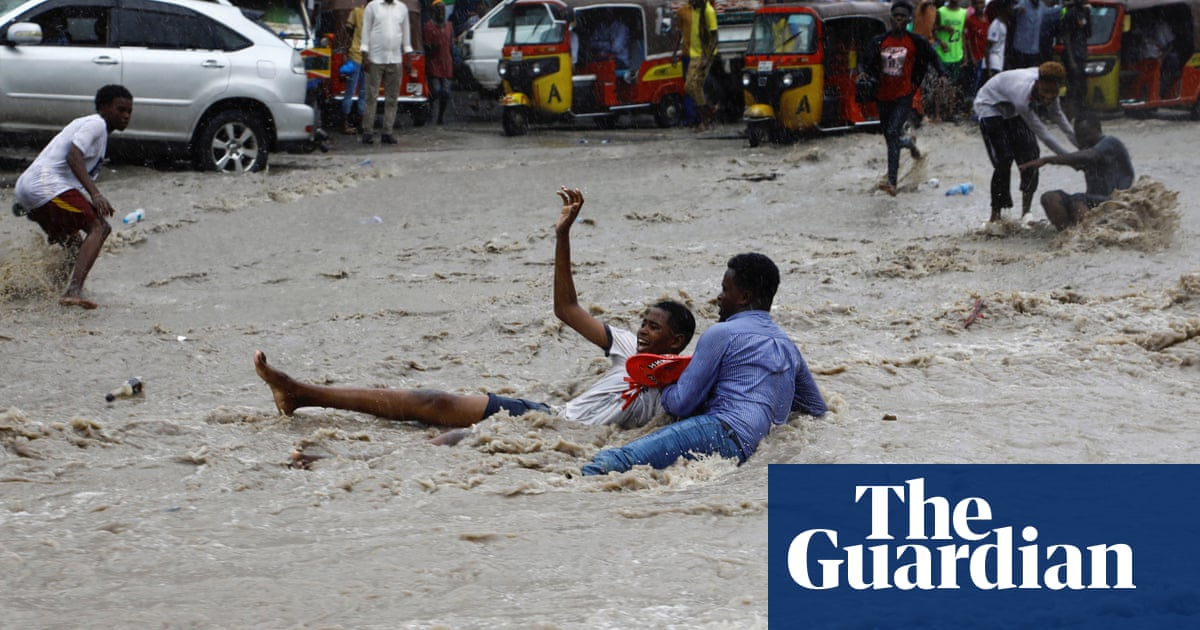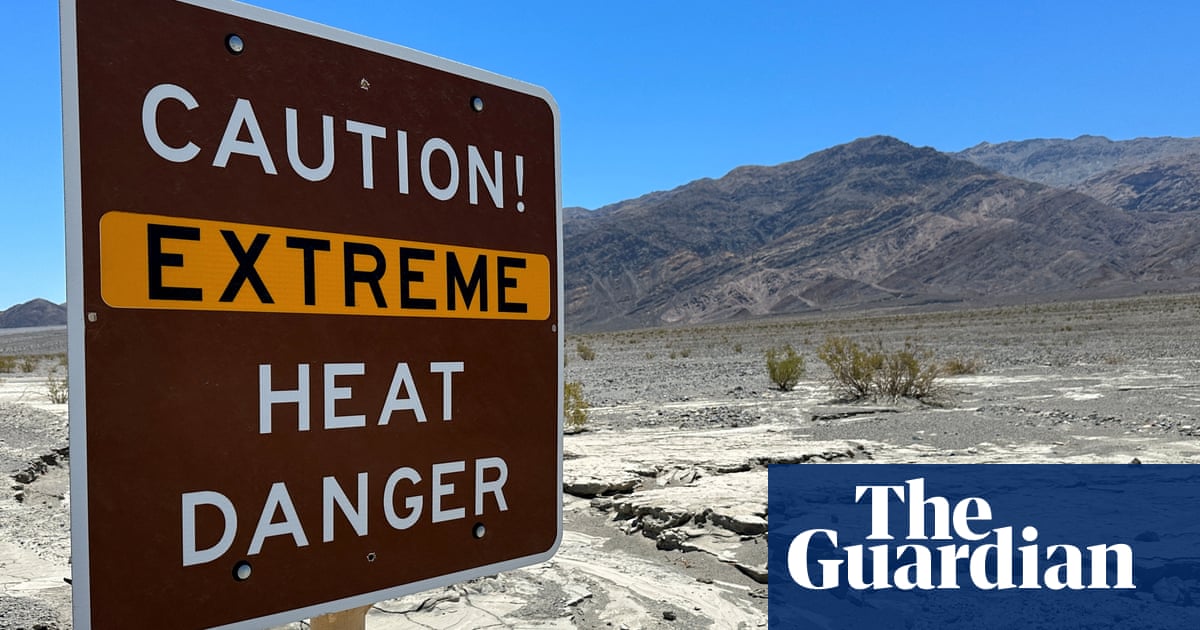
Torrential rainstorms in Brazil’s southernmost state of Rio Grande do Sul have caused the worst flooding the country has seen in 80 years, many deaths and the displacement of thousands of families. Central parts of the state were hit the hardest after the storms began last Monday, with unofficial weather stations in the area recording 50-100cm (20-40in) of rain over the past week.
Widespread floods and landslides have caused major damage to homes and infrastructure, most alarmingly triggering the partial collapse of a small hydroelectric dam on Thursday, which sent a 2-metre-high wave through the surrounding area. At least 57 deaths have been reported and 24,000 people have been displaced, alongside an estimated 500,000 being without power and clean water.
This part of South America is no stranger to major rainfall; Rio Grande do Sul has experienced flooding three other times in the past year. This is because the polar and tropical regions of the atmosphere meet around this latitude, resulting in a zone of high pressure that delivers long periods of dry weather punctuated with heavy bursts of rain. However, this event has been particularly devastating, with experts attributing the heightened rainfall to the combination of global heating and the recent El Niño phenomenon, during which waters in the eastern Pacific Ocean become warmer.
South of Rio Grande do Sul, Uruguay is braced for similarly heavy rain this week. Intense storms are forecast across the country until Wednesday, with 20-25cm expected in places.
El Niño is also partially responsible for the ongoing catastrophic rainfall in east Africa, which began in March and has caused devastating flooding in Kenya, Tanzania, Somalia, Rwanda and Burundi. Latest figures report more than 400 deaths across the five countries, with almost 250,000 people displaced.
Tanzania was dealt another blow on Friday when it was struck by an unusually powerful tropical storm, a rare event so close to the equator. The system, which was named Hidaya, strengthened to tropical cyclone status as it approached Tanzania, making it the most powerful storm recorded in the region, with winds of up to 80mph fuelling waves 2 metres high. Hidaya weakened to a severe tropical storm before making landfall south of Dar es Salaam, but still brought up to 10cm of rainfall to surrounding areas.












